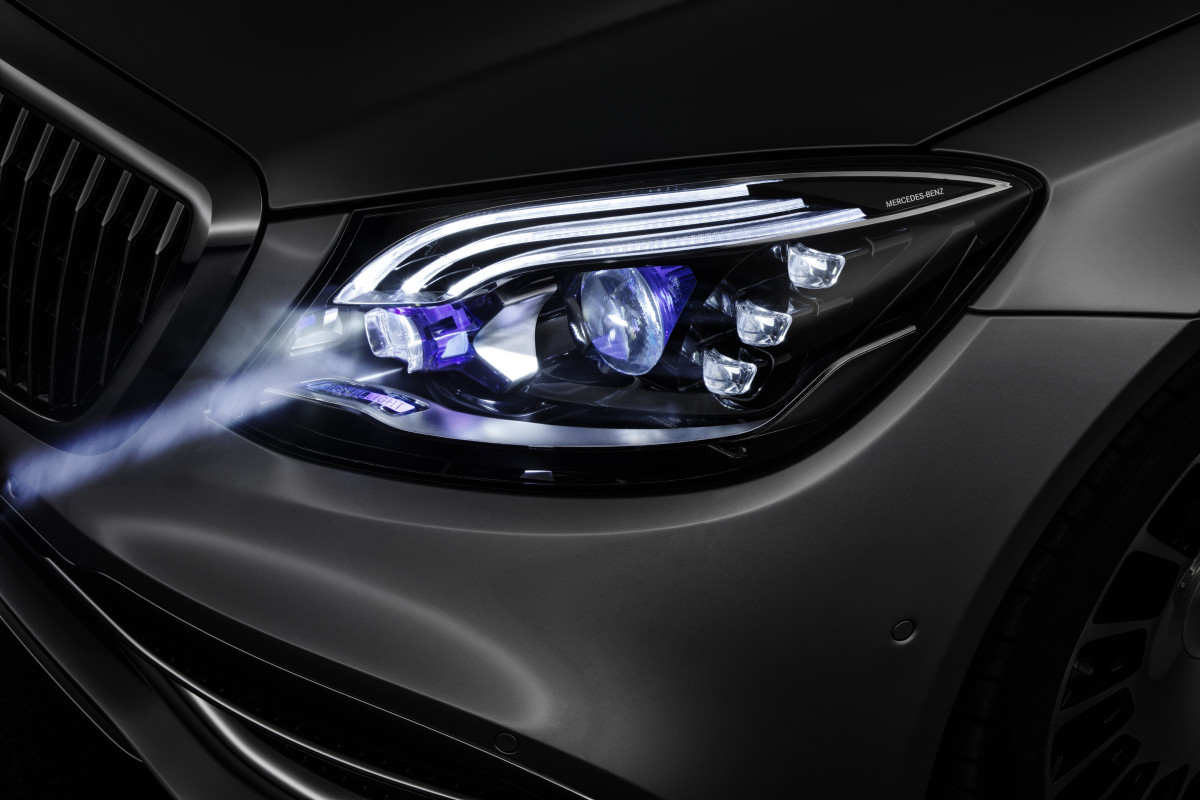
Listen up, America. Adaptive driving beams are finally going to become legal, thanks to a provision in the infrastructure bill. This is great news for nighttime driving safety — your author is particularly excited that this technology will finally be legal in cars sold in the U.S.
In case you aren't familiar, adaptive driving beams are fully explained in this story here. But in short, they’re the trick headlights we see in many European cars that can adapt their high beam illumination based on the surrounding environment. The system uses cameras and sensors to pick out other cars on the road, and is able to trace a perfect, darkened opening for the other cars, while still throwing out high beam-like light everywhere else. In a way, your brights never fully turn off. They only dim their beam in the select spots necessary so as not to blind other drivers. The headlights also dim their beam when directed at road signs as you approach them so as not to dazzle the driver with a bright reflection. There’s potential for much more, too, as some manufacturers have designed headlights that can project warning signs onto pavement, swivel up to highlight pedestrians entering the road, highlight lane changes and more. You can watch a video example of everything we described below in an Audi demonstration of the tech.
We’ve been missing out, but that’s about to change.
So, how has this tech finally found a path to legality? For years it’s been barred due to outdated regulations in Federal Motor Vehicle Safety Standard (FMVSS) No. 108. The exact language that held manufacturers back specifically states that headlights must have a dedicated low beam and dedicated high beam to be compliant and road legal. The new infrastructure bill changes that by laying out the following in a headlamps section: “to allow for the use on vehicles of adaptive driving beam headlamp systems.”
This request comes in the form of a direction to amend FMVSS No. 108 to include the adaptive driving beams provision, and the bill allows for two years to get it done. So yes, we could theoretically be waiting another two years, but no longer than that.
In addition to making adaptive driving beams legal, the infrastructure bill also says that testing of headlight performance will now be required. It doesn’t go much further than that, but we suspect it’ll resemble the headlight testing currently done by the Insurance Institute for Highway Safety (IIHS).
Watch Mercedes demonstrate Digital Light:
